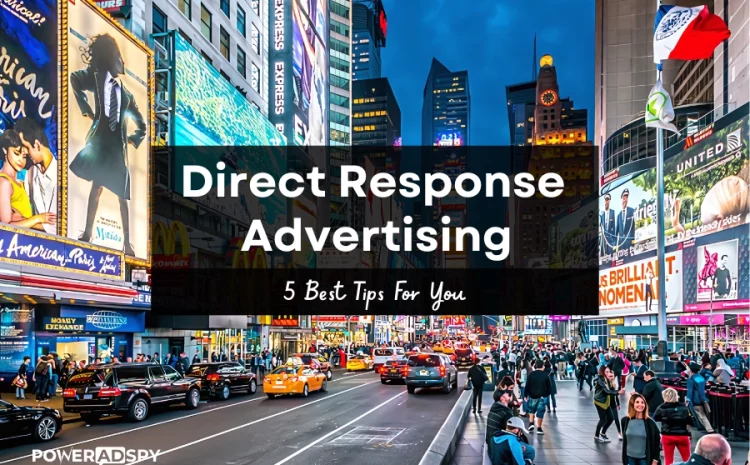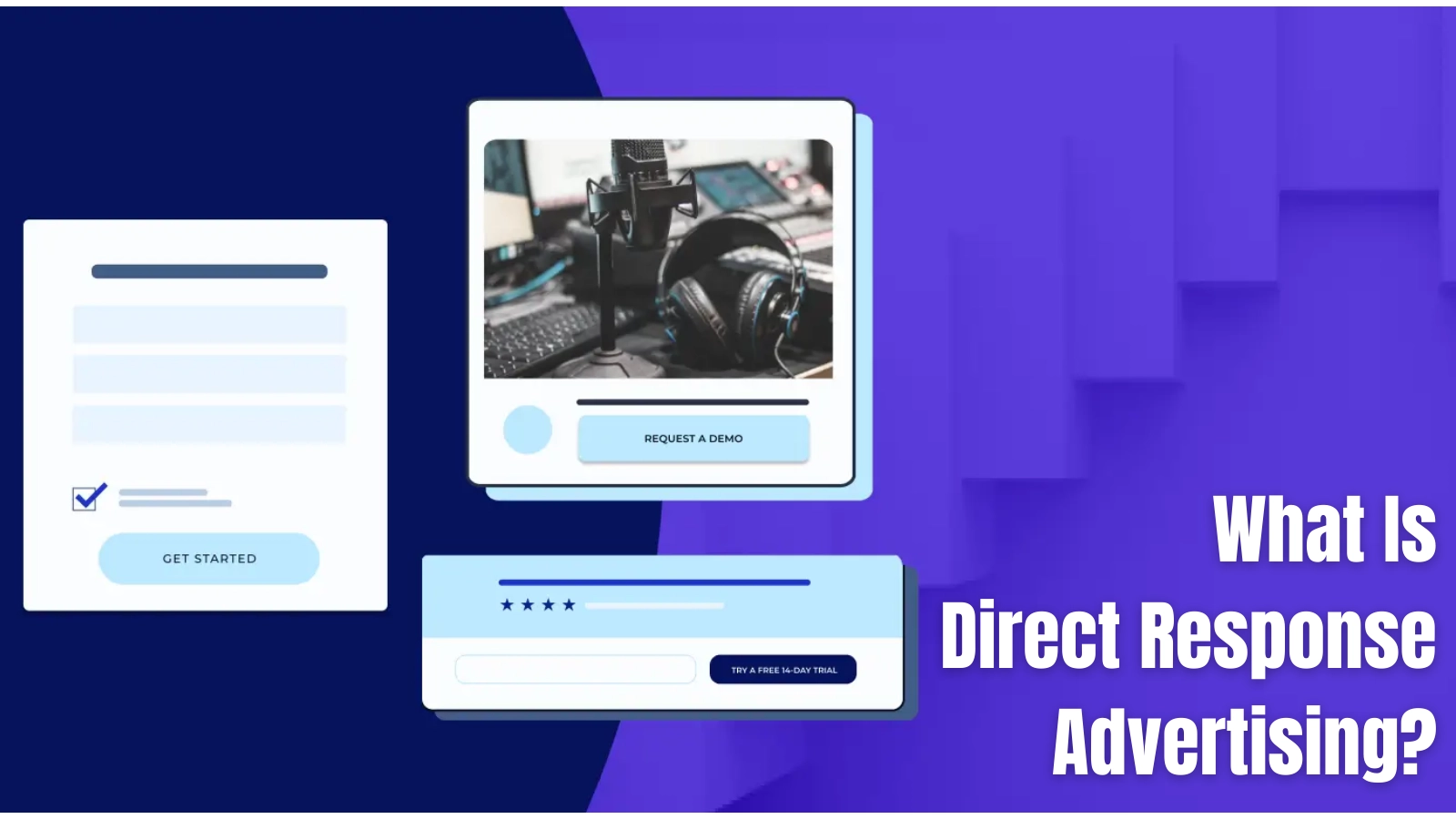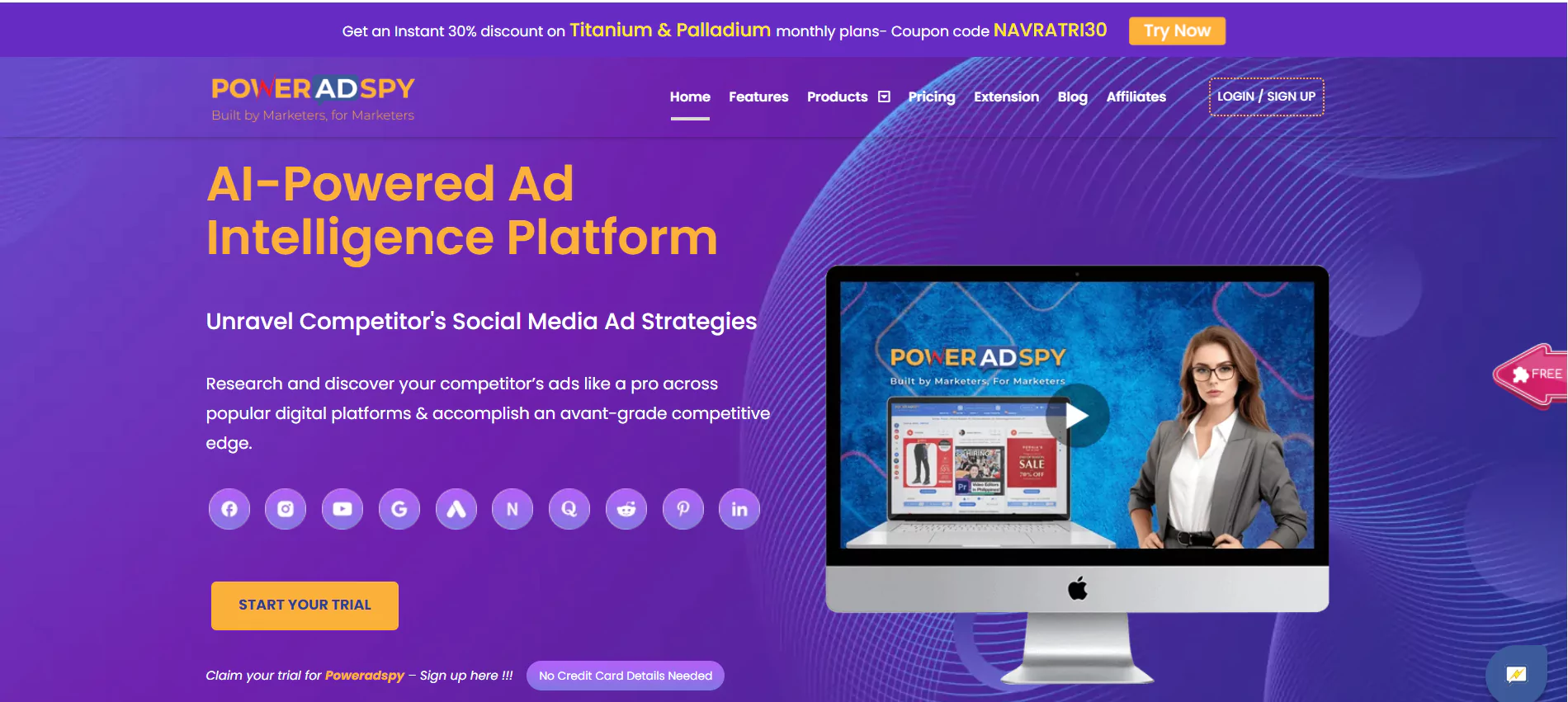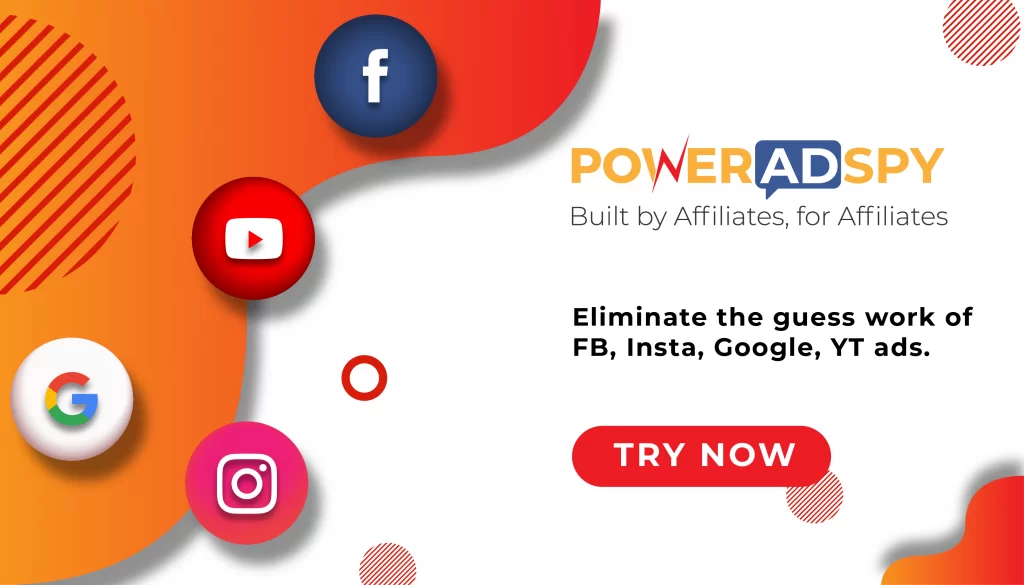5 Direct Response Advertising Tips For Better Campaigns
Nowadays, businesses are constantly seeking effective ways to engage their target audience and drive meaningful action. Direct response advertising has emerged as a powerful strategy for achieving immediate results and maximizing return on investment (ROI).
By using specific techniques and tactics, businesses can create compelling campaigns that prompt immediate responses from their audience.
In this blog, we’ll explore five actionable tips to enhance your direct response efforts and create better campaigns that resonate with your audience and drive tangible results.
Let’s go!
In a hurry? Listen to the blog instead!
What Is Direct Response Advertising?
Direct response advertising is a strategy used by businesses to elicit an immediate response or action from their target audience. Unlike traditional forms of advertising that focus on building brand awareness over time, Direct response ads aim to prompt specific actions from consumers, such as making a purchase, signing up for a newsletter, or contacting the advertiser directly.
This marketing approach typically employs compelling calls-to-action (CTAs), personalized messaging, and targeted offers to engage prospects and drive conversions. Direct response campaigns are highly measurable, allowing marketers to track responses and ROI in real-time, which enables them to optimize campaigns for better results.
Components of Direct Response Campaigns
Personalization:
Personalizing your direct response ads can significantly increase engagement and conversion rates. By tailoring your message to individual preferences and behaviors, you can create a more compelling and relevant experience for your audience.
Compelling Sales and CTA Copy:
The success of a direct response campaign often hinges on the strength of its sales copy and call-to-action (CTA). Your copy should be clear, concise, and persuasive, prompting users to take immediate action.
Segmentation:
Segmenting your audience based on demographics, interests, and past behavior allows you to deliver targeted messages that resonate with specific segments. This approach enhances relevance and improves the likelihood of conversion.
What Are The Benefits of Direct Response Advertising?
Direct response advertising offers numerous advantages for businesses looking to drive tangible results and maximize their marketing investment:
1. Creates a Direct Line of Communication with Prospects
Imagine being able to talk directly to your potential customers, answering their questions, and offering them exactly what they need. Direct response advertising makes this possible. It’s like having a conversation where you can understand your customers better and build meaningful relationships. This two-way communication not only helps you connect with your audience but also makes them feel valued and heard.
2. Produces Measurable and Trackable Results Fast
One of the biggest perks of direct response advertising is the ability to see how your campaigns are performing almost instantly. Unlike traditional methods where you might wait weeks to see any impact, DR advertising provides real-time insights.
You can track how many people are responding, which ads are working best, and adjust your strategy on the go. It’s like having a dashboard that shows you exactly what’s happening, allowing you to make smarter decisions quickly.
3. Strengthens Relationship with Customers
When you engage with your prospects in a meaningful way, you build trust. Direct response advertising lets you do just that by addressing their needs promptly and personally.
This approach helps you turn prospects into loyal customers who appreciate the attention and care they receive. Over time, these strong relationships lead to higher customer satisfaction and loyalty, making your brand their go-to choice.
4. Generates High Return on Investment
Direct response advertising is all about targeting the right people with the right message. By focusing your efforts on those who are most likely to be interested, you get more bang for your buck.
This means higher conversion rates and better return on investment compared to traditional advertising. You’re not just casting a wide net and hoping for the best; you’re strategically reaching out to those who are ready to take action, making your marketing dollars work harder for you.
5. Drives Upsells
Once you’ve established a connection with your customers, it’s easier to encourage them to make additional purchases. Direct response campaigns can be tailored to promote repeat buys and upsell opportunities.
Think of it as a way to offer customers complementary products or services that enhance their original purchase. This not only boosts your sales but also increases the lifetime value of each customer, making them even more valuable to your business.
5 Tips for Building Direct Response Campaigns
Building effective direct response campaigns requires careful planning and execution. Here are five actionable tips to help you create compelling campaigns that drive immediate action from your audience:
Simplify the Response Process:
Make responding to your offers effortless for your audience. Eliminate obstacles and streamline the response mechanism with clear CTAs and user-friendly interfaces. You increase the likelihood of conversions and engagement by minimizing friction points, such as complex forms or unclear instructions.
Keep the process intuitive and straightforward, whether it’s a click, call, or form submission. Easy responses lead to higher conversion rates and better campaign performance overall.
Craft Compelling CTAs and Copy:
Drive action with clear, persuasive CTAs and compelling copy. Your CTA should prompt an immediate response and convey urgency. Use actionable language and enticing incentives to spur users into action.
Tailor your copy to address audience needs, desires, and objections effectively. Highlight the benefits of your offer while addressing potential concerns. A well-crafted CTA and copy can significantly boost engagement and conversion rates, driving tangible results for your direct response advertising campaigns.
Exploring ads from competitors shows you what strategies like CTAs work well. It helps you improve your ads. Tools like PowerAdSpy make this easier by analyzing rival ads, giving you insights to create better ads and drive better results.
Al-Based Ads Intelligence Tool: PowerAdSpy
PowerAdSpy is a tool used to study and monitor ads across digital platforms like Facebook, Instagram, and YouTube. It helps users analyze competitor ads, revealing insights into their ad content, visuals, targeting, and calls to action. This information helps advertisers understand competitors’ strategies and improve their campaigns for better results.
With PowerAdSpy, users can:
Monitor Competitor Ads: Gain access to a vast database of ads across different platforms and industries, enabling users to keep track of their competitors’ advertising activities.
Analyze Ad Performance: Understand how competitor ads perform regarding engagement, reach, and conversion rates, helping users identify successful ad elements and trends.
Extract Insights: Identify effective advertising strategies, including compelling CTAs, persuasive copywriting techniques, and engaging visuals, which can be used to improve users’ ad campaigns.
Discover Trends: Stay updated on emerging trends and shifts in advertising practices within their industry, allowing users to adapt and innovate their marketing strategies accordingly.
Optimize Campaigns: Use the insights gained from competitor analysis to refine targeting options, improve ad creatives, and enhance overall campaign performance.
Overall, PowerAdSpy serves as a valuable tool for marketers and advertisers looking to stay ahead of the competition, enhance their direct response advertising efforts, and drive better results from their digital marketing campaigns.
Use Social Proof and Testimonials:
Enhance credibility and trust by integrating social proof and testimonials into your campaigns. Showcase real customer experiences, reviews, and endorsements to alleviate skepticism and validate your offer.
Incorporate case studies, success stories, or user-generated content to provide tangible evidence of value. By using social proof effectively, you can build confidence and credibility with your audience, motivating them to take action and engage with your brand.
Segment and Personalize Your Messaging:
Tailor your messaging to resonate with specific audience segments based on demographics, behavior, and preferences. Personalize your offers and communications to address individual needs and interests, enhancing relevance and engagement.
Utilize data analytics and automation tools to segment your audience effectively and deliver targeted messages at the right time and through the right channels. By personalizing your messaging, you can deepen connections with your audience and drive higher response rates and conversions.
Optimize Across Channels and Devices:
Ensure seamless delivery of your campaigns across various channels and devices, including desktop, mobile, and social media platforms. Implement responsive design and clear CTAs to enhance user experience and accessibility. Test different formats, messaging strategies, and ad placements to optimize performance and reach.
By optimizing your campaigns for cross-channel consistency and effectiveness, you can maximize engagement and conversion opportunities across diverse audience segments and touchpoints. A cohesive, multi-channel approach ensures broader reach and better campaign results overall.
Incorporating these tips into your direct response advertising strategy can help you create more compelling campaigns that resonate with your audience and drive measurable results. By focusing on simplicity, clarity, personalization, credibility, and optimization, you can enhance the effectiveness and impact of your direct response efforts, ultimately driving greater engagement, conversions, and ROI.
2 Direct Response Advertising Examples
Emails
Moving from direct response ads to content marketing, emails serve as a rapid means to spread the word about your business.
For instance, IKEA ingeniously featured a collapsible, pop-up rendition of their iconic LACK coffee table in their yearly catalog. The initiative aimed to demonstrate the ease with which customers could assemble IKEA furniture.
Coupon Codes
Offering time-sensitive rewards that are highly desired by your target demographic can improve conversions in your direct response initiatives. Incorporating QR and coupon codes within emails has the potential to elevate your conversion rates.
With our coupon code template, users have the opportunity to share essential information with you directly, without navigating to external sites. This streamlined process saves them time and energy, while also increasing the likelihood of a prompt and direct response from your audience.
Wrap Up
These five direct response advertising tips offer actionable strategies to elevate your campaigns. They emphasize simplicity in response mechanisms, compelling messaging with clear calls-to-action, the power of social proof, personalized communication, and cross-channel optimization.
By incorporating these tips, you can enhance audience engagement and drive conversions effectively. Remember, the key to success lies in continuous testing, analysis, and refinement of your approach. With these insights, you’re better equipped to create impactful campaigns that resonate with your audience and achieve your marketing objectives.
Frequently Asked Questions:-
Q 1: How do I know if my direct response ads are working?
Answer: You can determine the effectiveness of your direct response ads by monitoring key performance indicators (KPIs) such as click-through rates (CTR), conversion rates, sign-up rates, and sales. These metrics provide valuable insights into how well your ads are engaging your audience and driving desired actions.
Additionally, tracking customer behavior, such as time spent on your website and pages visited, can offer a further understanding of your ad’s impact. Using tools like Google Analytics, Facebook Insights, and A/B testing can help you refine your ads for better performance.
Q 2: What are some good direct response advertising ideas?
Answer: Effective direct response advertising ideas include creating a strong call to action (CTA) that clearly instructs your audience on the next step, such as “Buy Now” or “Sign Up Today.”
Other strategies involve creating a sense of urgency with time-sensitive offers, offering exclusive deals and discounts, personalizing messages to address specific audience needs, and utilizing multiple channels like email, social media, and direct mail to reach a broader audience. Engaging and visually appealing content also plays a crucial role in capturing attention and prompting immediate responses.
Q 3: Why is the call to action (CTA) so important?
Answer: The call to action (CTA) is a critical element of direct response advertising because it guides your audience towards the next step you want them to take. A clear and compelling CTA eliminates confusion and encourages immediate action, increasing the likelihood of conversions.
Whether it’s prompting them to make a purchase, sign up for a newsletter, or download a resource, an effective CTA can significantly boost the response rate and overall success of your ad campaign.
Q 4: Can I use direct response advertising both online and offline?
Answer: Yes, direct-response advertising can be effectively utilized in both online and offline environments. Online methods include email marketing, social media ads, search engine advertising, and banner ads, which allow for precise targeting and real-time performance tracking.
Offline methods encompass direct mail, print ads in newspapers and magazines, and TV or radio commercials. Regardless of the medium, the goal remains the same: to prompt immediate action from your audience. By integrating online and offline strategies, you can create a cohesive and comprehensive marketing approach that maximizes reach and effectiveness.












